Naming and Knowing
Life Lessons From the Martial Arts #2
By Paul 'Batman' O'Brien
B.A., N.C.E.H.S., Dip. Acu., Adv. Dip. OBB, Cert Clin. Med. Pn1, PN-SSR, PN-NCA, M.AFPA, M.ETCMA, M.C.Th.A.
Naming and Knowing is practice that comes from the concept of Zanshin in the martial arts I practice.
In this article series, part of the Fighting Tengu Podcast series, I'll introduce you to some key concepts from the martial arts I and Stephen Milton, my co-host practice, and share with you practical tips on how to implement these ideas into your daily life.
Zanshin
Zanshin (Japanese: 残心) is a term used many Japanese martial arts. It refers to a state of awareness – of relaxed alertness. The literal translation of zanshin is "remaining mind". I'll look at in detail later, and show you examples of it...but this teaching permeates much of what we are doing now....
In Iaido, the martial art of Japanese Swordsmanship we are trained to maintain and show constant zanshin. This is not simply a matter of being aware of our bodies and the physical position we are in, our surroundings or our opponents. This state of awareness is extended to all things. What you eat, how you eat, how you sit, how you walk, how you think, what you feel.
Everything is done from a state of zanshin.
Zanshin is all.
As you can imagine that takes work, and practice but here's the thing in both Eastern and Western thought on productivity, success and self-management the most important and most powerful state we can be in is the state of awareness.
Awareness fundamentally is remembering that you're alive and here. Many of our actions, particularly those that limit and damage us are taken from a point of where we forget, where we are unaware, mindless. Think about popcorn and junk food in front of a cinema screen. You're focused on the on screen action. Not on what you are eating, how it tastes, if you want it, if you're full, if you're even enjoying it.
I would encourage you to expand your awareness, see yourself as the witness to your own life. When you can do this and see the bigger picture, you can see the next step on the path to your success much easier. You can practice this in your own life through an exercise I call, Naming and Knowing.
Naming and Knowing
This exercise is about:
- Taking time to be aware of sensations directing you towards an interesting path. For example, when you are in that flow state and everything is feeling smooth and effortless for you: pause and notice then. And likewise, is an action is feeling effortful, like a struggle: pause and notice then.
- Be specific in describing what you're feeling. What exactly does this feel like in your body? Is there another more obvious situation that you can relate it to? How would you describe this to someone else in words? Make the implicit, explicit.
- Continuing that practice consistently, learning about yourself — what you like and don't like — and, eventually, using heightened zanshin (self-awareness) to make more data-informed changes.
Observe & Identify
Naming and Knowing is essentially just being mindful or the present moment, and specifically acknowledging it to yourself.
Direct experiences like this can be classified into three primary categories of sensations within the body:
- Physical sensations,
- Thought sensations, and
- Emotional sensations.
Knowing and naming these sensations provides insights into meaning, understanding, ease, and clarity in the present moment. Utilize this technique as a tool when confusion impedes your progress. And you can use this simple statte of zanshin to gain insights into significant and commonplace questions you may pose to yourself:
For instance:
- Why am I engaging in activities that appear to contradict my long-term goals? (Self-sabotage much?)
- Why am I consistently consuming spoonfuls from this sugary, fat filled, damp phlegm and mucous producing, over sized tub of ice-cream at this moment? Is it truly about the taste? Am I genuinely hungry? What is truly happening right now?
- Why is it challenging for me to step away from the computer right now, go outside, and move my body? Is it discomfort? Is it fear? Why?
- Why am I struggling to relax in this moment, to engage in a calming, de-stressing activity? Am I genuinely too busy? Are other demands genuinely so immediate? Is allowing myself to settle down uncomfortable for some other reason?
- Or perhaps, simply ... why do I engage in actions that seem nonsensical.
The good news: those actions do have a rationale.
(And you're not the only person who has ever asked themselves that question).
Every action is an attempt to solve a problem.
You might simply be confused about what the problem in that moment really is.
Your Thoughts Betray You
The things that you think are incredibly powerful, but may not always be accurate. Oftentimes are thoughts aren't always reliable in providing a true and precise depiction of the present moment.
Instead, they often operate independently, mostly detached from the present moment, weaving narratives of other times and places. Think of the words of wise Master Yoda:
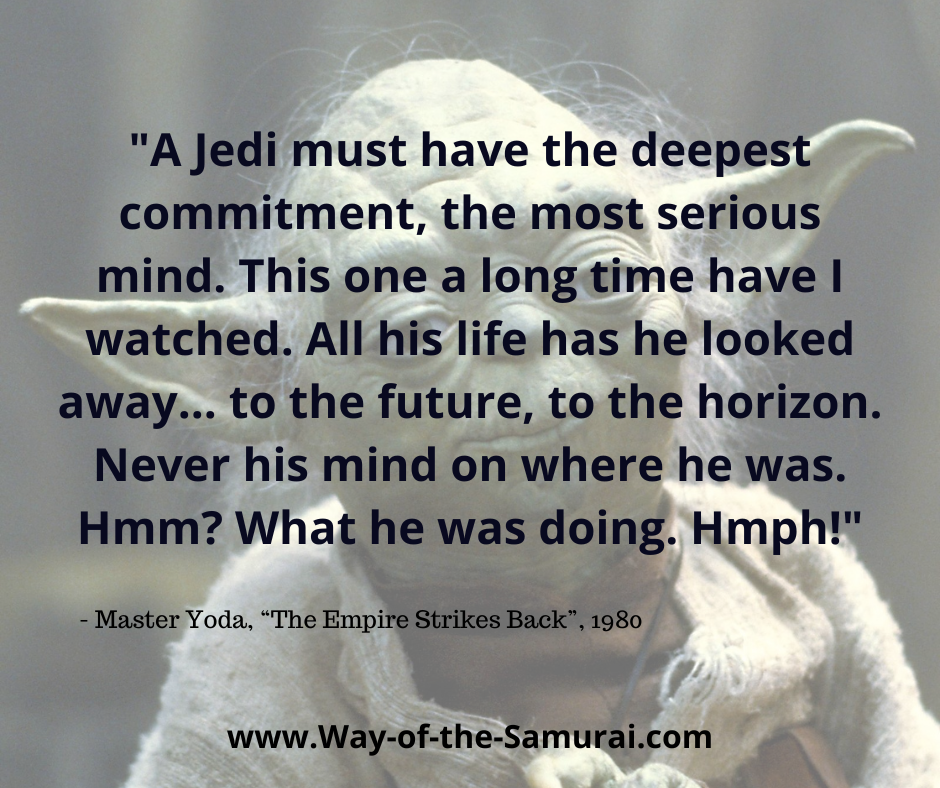
Like Luke, we often dream of the future. Or worse, obsess and ruminate over the past. or distract ourselves solving all the worlds problems. When attention is diverted to those distant realms, rather than being vigilant in the present moment, it becomes easy to overlook, confuse, or mislabel the reality of the moment.
Our mind is not on where we are. What we are doing.
With our attention off-guard, acting in confusing ways becomes effortless. But, if you can catch those moments when thoughts and attention veer too far from direct experience, you have the advantage of the most powerful tool: you can pause.
If you can pause, you can redirect:
- Notice where your thoughts are right now.
- Direct those thoughts to the reality of the moment (physical, emotional, and thought sensations).
- Name the reality of the sensations of the moment (rather than the stories that are separate from direct experience).
- For a thorough examination of the moment, name each of the primary sensations that you're experiencing.
What, specifically, are your:
- Thought sensations?
- Emotional sensations?
- Physical sensations?
Ultimately, emotions will likely steer your next actions. Importantly, emotions arise from physical and thought sensations.
If you can clarify those precursors to emotions, you can proactively shift your emotions to drive more deliberate next actions.
The naming step of this practice is crucial. Putting words to the experience is the most explicit way to make sense of the experience.
Words are how humans comprehend the world. Words are the means by which our intellectual brains translate our experience into meaning.
Making sense and meaning of the situation intellectually creates relaxation and ease physically.
For noticing and naming to continue working for you, the words you choose as labels must be true to you: the labels need to accurately match your direct experience.
Labeling may not be easy, especially if you're currently drawing from a limited vocabulary.
You don't have to go it alone. Many other people have written and spoken many words and are available to help you expand your vocabulary.
The Name Game
The naming step of this practice is crucial. Putting words to the experience is the most explicit way to make sense of the experience.
Words are how humans comprehend the world. Words are the means by which our intellectual brains translate our experience into meaning.
Making sense and meaning of the situation intellectually creates relaxation and ease physically.
For noticing and naming to continue working for you, the words you choose as labels must be true to you: the labels need to accurately match your direct experience.
Labeling may not be easy, especially if you're currently drawing from a limited vocabulary.
You don't have to go it alone. Many other people have written and spoken many words and are available to help you expand your vocabulary. Check out this great resource, an emotional word wheel created by Geoffrey Roberts.
So, approach the "naming" step as an intriguing experiment within itself.
Experiment with a label and assess its fit. If it doesn't quite align, eventually, you'll sense the discord manifesting as physical discomfort in your body. When you feel that, try adjusting the label and fine-tuning the significance of your experience.
Changing the words and adjusting your meaning will, in turn, alter your emotional and physical encounter with the moment.
Unify In and Yo (Yin & Yang)
Naming and Knowing helps to forge a connection between two brain regions: the primal and the executive. The Yang and the Yin.
In the martial arts I train we are taught to practice the art of pausing, noticing, and naming, especially during significant shifts and moments of resistance.
When you're reshaping your actions through changes, thoughts, and emotions may become unsettled. The process of change is typically disorienting and uncomfortable, causing thoughts and emotions to become frenetic, loud, or turbulent.
In such challenging times, your practice becomes crucial.
The primal regions of the brain resist being unsettled and uncomfortable, thriving on certainty and familiarity. These areas generate thought stories that discourage change and advocate for maintaining the status quo. They clutch onto familiar habits, opposing your plans for change. You must cut this down.
Naming and Knowing entails honing the executive brain functions.
The executive brain can impartially evaluate these stories, recognizing that thoughts (stories and labels) aren't always accurate, right, or the most helpful means to reach your goals.
For instance, if you embark on the practice of eating slowly at every meal, some thought stories might arise:
- I'm too busy for that.
- It's weird. Other people will think it's weird.
- That's a stupid idea and won't work.
- Recognizing resistant thought patterns is the initial step in tuning away from them and easing their resistance to your long-term plans for change.
Expose the brain's thought maneuvers. Reevaluate whether you want those thoughts and reconsider the words you're using.
For instance, ask yourself:
- Who told you this story? Is this story true? (Do I want this story to be true?) (e.g., Are these actions really a have-to rather than a want-to?)
- Does this story define who I am? (Does this have to define who I am? Or can I be defined differently right now?)
- Is this story always true? (or is it true just for now, until I change it?)
Worry less about necessarily "fixing" the thought or feeling. More importantly, observe.
Let it settle without judgment or reaction. Cultivate a spirit of non-attachment. Zoom out to the bigger picture, and attempt to comprehend the reasoning for what's happening.
What to Do Next
The human brain is truly incredible (almost beyond words). Among the most remarkable functions of the human brain are:
- The ability to think thoughts that are distinct from direct experience,
- The ability to pause and intentionally redirect attention to create a different experience.
There are two main steps to this Naming and Knowing practice:
- Notice the real, direct sensations of the moment, and
- Give accurate labels to those sensations.
The clearer and more precise you can be in both steps, the more frequently you can respond with a next action that makes clear sense.
Speaking of next actions, make sure you follow and subscribe to the Fighting Tengu Podcast for more awesome insights. Then read the next article packed with more tips taken from the martial arts to help you battle the demons of daily life.
Free Samurai E-books
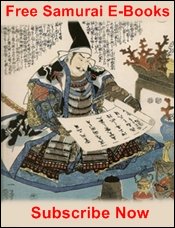
Get Free Exclusive Samurai Guides and E-books

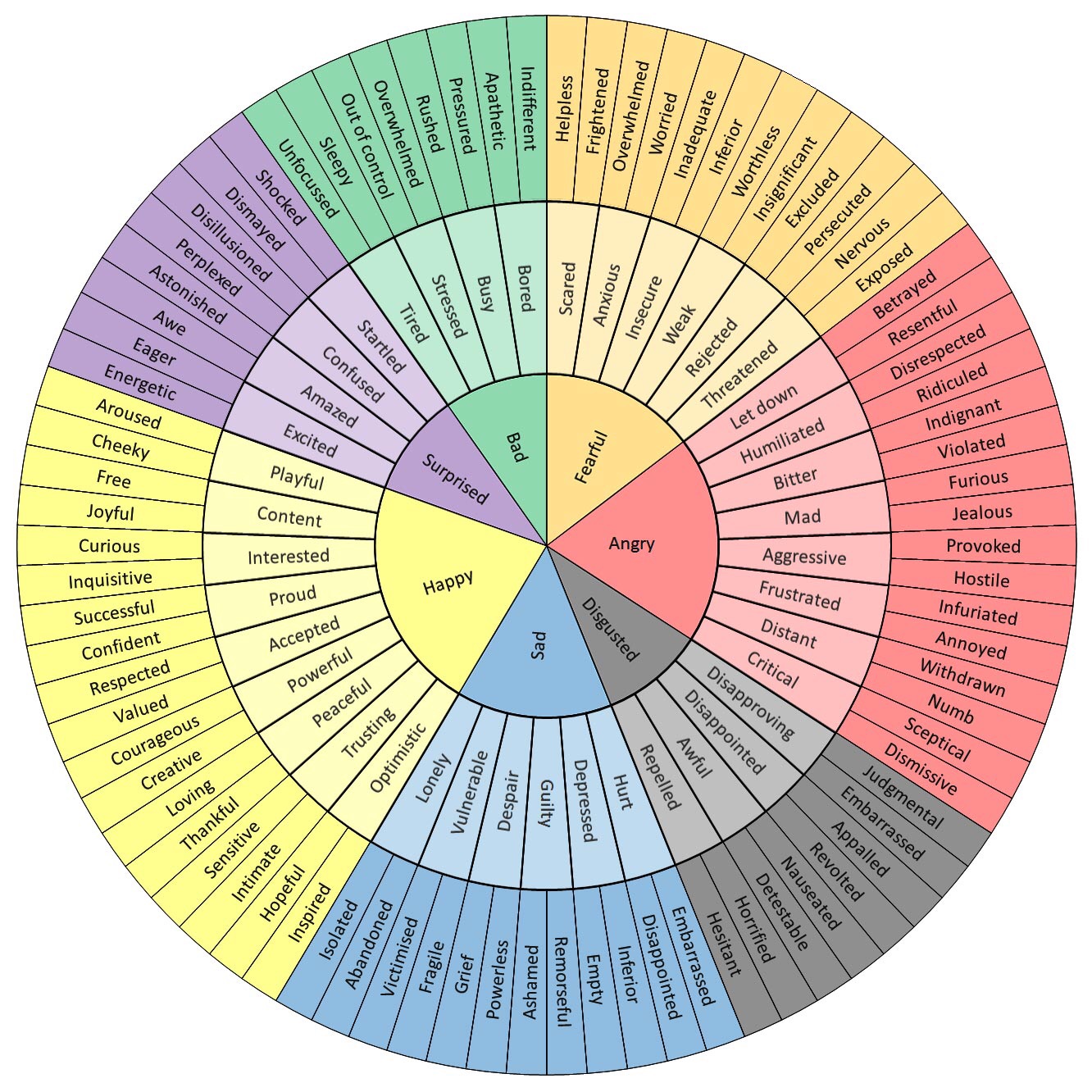
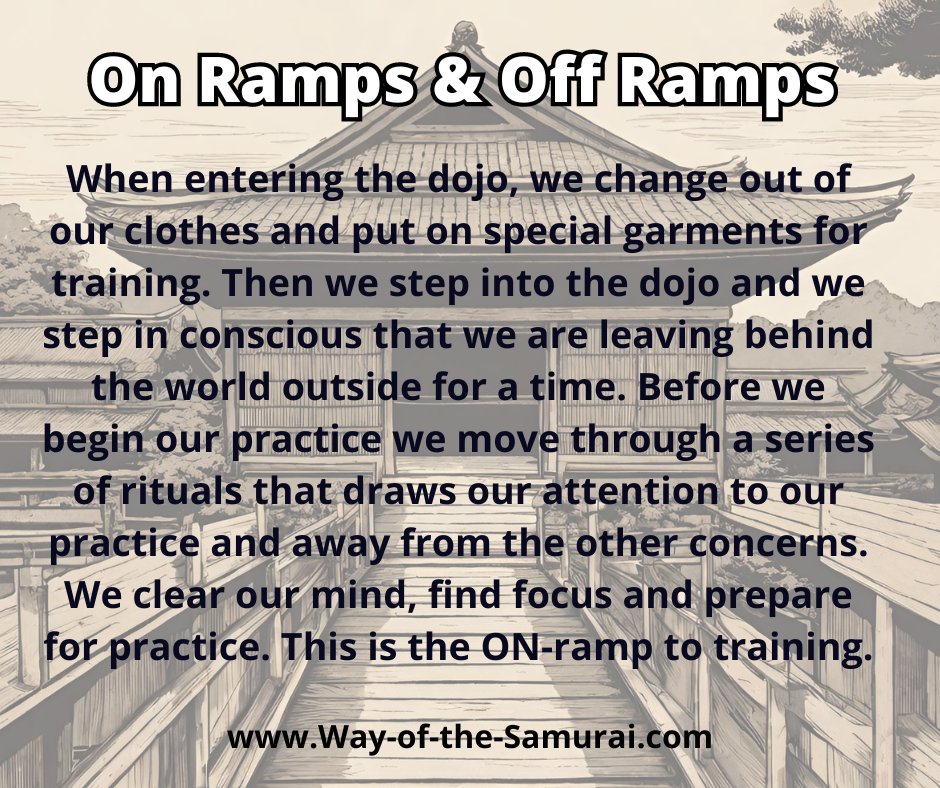
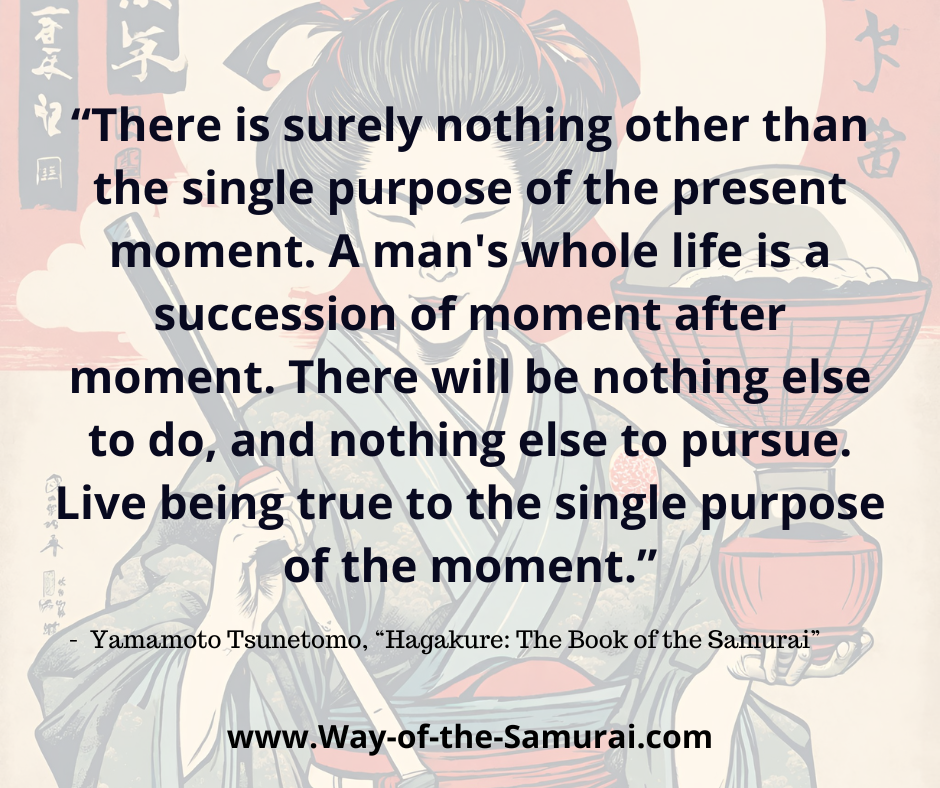




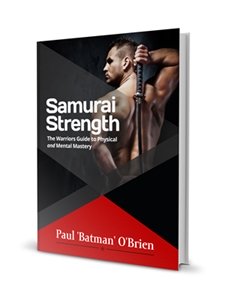
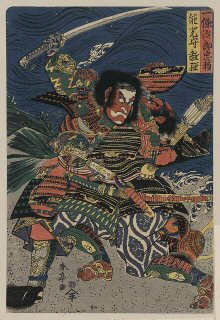


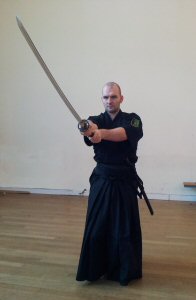
New! Comments
Have your say about what you just read! Leave me a comment in the box below.